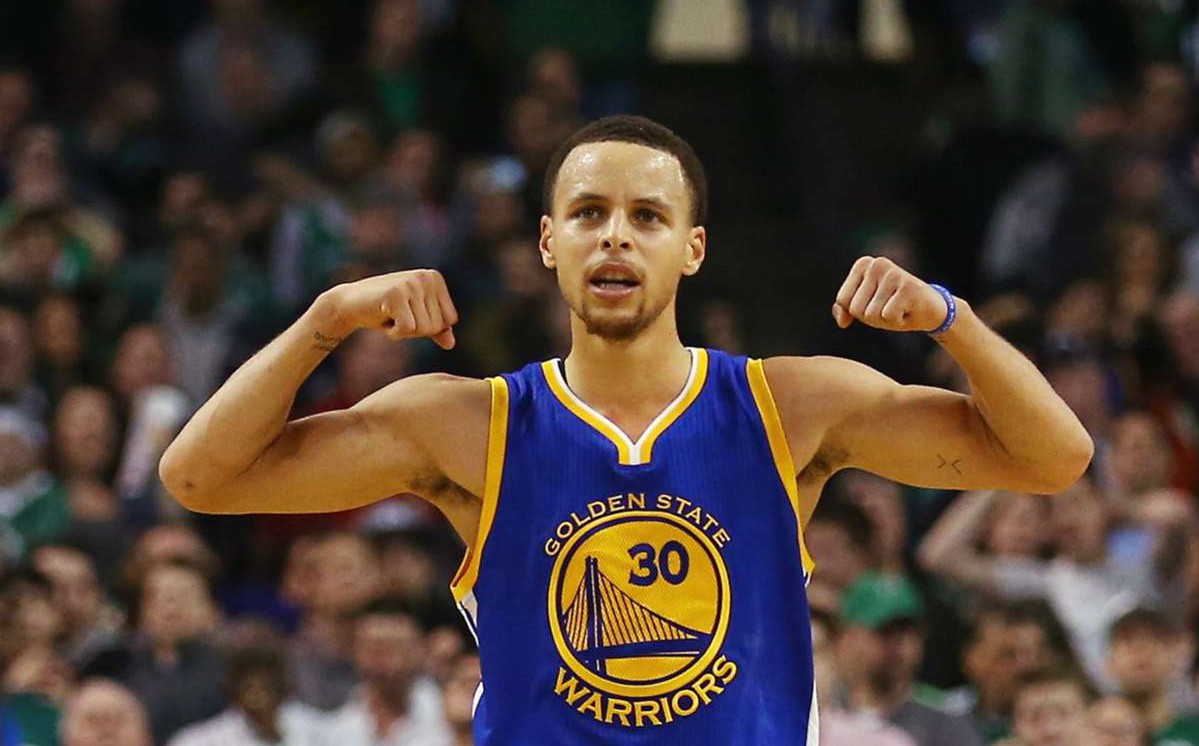About a month ago, I posted a piece in which I argued for the importance of Black Swans in DFS tournaments. To take down a guaranteed prize pool, it’s often necessary to find two types of rare players: Players who have low ownership percentages and are expected to do no better than their salary-adjusted expectations, and those who have high ownership percentages and are expected to exceed their salary-adjusted expectations. In this quick piece, I want to look at some players who — as suggested by our Trends tool — have underappreciated historical odds of having a positive Plus/Minus performance in today’s slate: Low-Minute Centers.
This is the 26th installment of The Labyrinthian, a series dedicated to exploring random fields of knowledge in order to give you unordinary theoretical, philosophical, strategic, and/or often rambling guidance on daily fantasy sports. Consult the introductory piece to the series for further explanation.
Some Black Swans Are Not Especially Magnificent
Minutes are the lifeblood of NBA production. If you want to find an underappreciated player with the potential to become a positive Black Swan, starting with players not projected to play many minutes is a decent place to start. Of course, this limitation in minutes likely means that our potential Black Swan, even if he is rare, will likely not be outrageously productive. Nevertheless, if he is projected to play few minutes, he will also likely have a low ownership and be expected to underperform. If he is cheap and if all he does is live up to or barely exceed his salary-adjusted expectations, such a player could enable one to have a unique lineup stacked with premium high-upside producers.
So let’s start with players projected to play no more than 20 minutes.

In general, these guys suck. Is there a position that historically has been more immune to minute limitation than other positions?

Yes. Centers suck a little bit less than the other positions when they are projected to have limited minutes. Could there be an explanation for this? Sure.
They play closer to the basket and could benefit from a quick run of high-percentage shots or rebounds. And maybe they could get more playing time than anticipated because the starter is in foul trouble from protecting the rim on defense. I actually don’t care exactly why centers have historically done the best with limited minutes. All I care about is whether it’s a trend that can make sense. And I think that this one can be explained.
Let’s dig further by asking a pretty simple series of questions:
- Is it better for the low-minute centers to be playing at home?
- Is it better if the low-minute center is on a .500 team playing against a team below .500?
- Is it better for the low-minute center to be playing against a non-division opponent?
- Is it better for the team of the low-minute center to be favored by a sizable margin?
As you might expect, the answer to these four questions is yes:

Even a player expected to play relatively little in a game can still have a decent performance if he is in a spot that otherwise is advantageous.
Again, a +0.45 Plus/Minus isn’t anything spectacular — but, remember, the non-occurrence of an expected event is a Black Swan. A player with limited projected minutes living up to his salary when he is initially expected to underperform it pretty drastically qualifies as a Black Swan.
One quick thing to note. You’ll see that although these low-minute centers on average outperform their salary-adjusted expectations by 0.45 fantasy points, they hit their salary-adjusted expectation of 14.33 fantasy points only 45.7 percent of the time. In general, we want players who are consistent, so that percentage isn’t ideal. And yet . . .
That percentage is very ideal in that it signals volatility. Looking at the numbers, one can see that although low-minute centers don’t hit their salary-adjusted expectations even 50 percent of the time, when they do hit expectations they must substantially exceed those expectations on occasion in order to have a positive Plus/Minus trend. In other words, although their lack of consistency might seem like a drawback, I think that it’s actually a mark in their favor as potential tournament plays.
The 3/21/16 Slate of Low-Minute Centers
Even though this trend has matched for only 258 low-minute centers in the last two seasons, in this slate we have four such centers worthy of consideration as of writing:
- Timofey Mozgov (Cavaliers)
- Lavoy Allen (Pacers)
- Aron Baynes (Pistons)
- Cristiano Felicio (Bulls)
With four candidates in this slate — all of whom are $3,100 or lower — the historical odds are pretty good that at least one of these guys will live up to this trend. And if he substantially surpasses this trend, with his salary and likely low ownership percentage, he could be a GPP-winning Black Swan.
———
The Labyrinthian: 2016, 26
Previous installments of The Labyrinthian can be accessed via my author page. If you have suggestions on material I should know about or even write about in a future Labyrinthian, please contact me via email, Matthew@FantasyLabs.com, or Twitter @MattFtheOracle.





